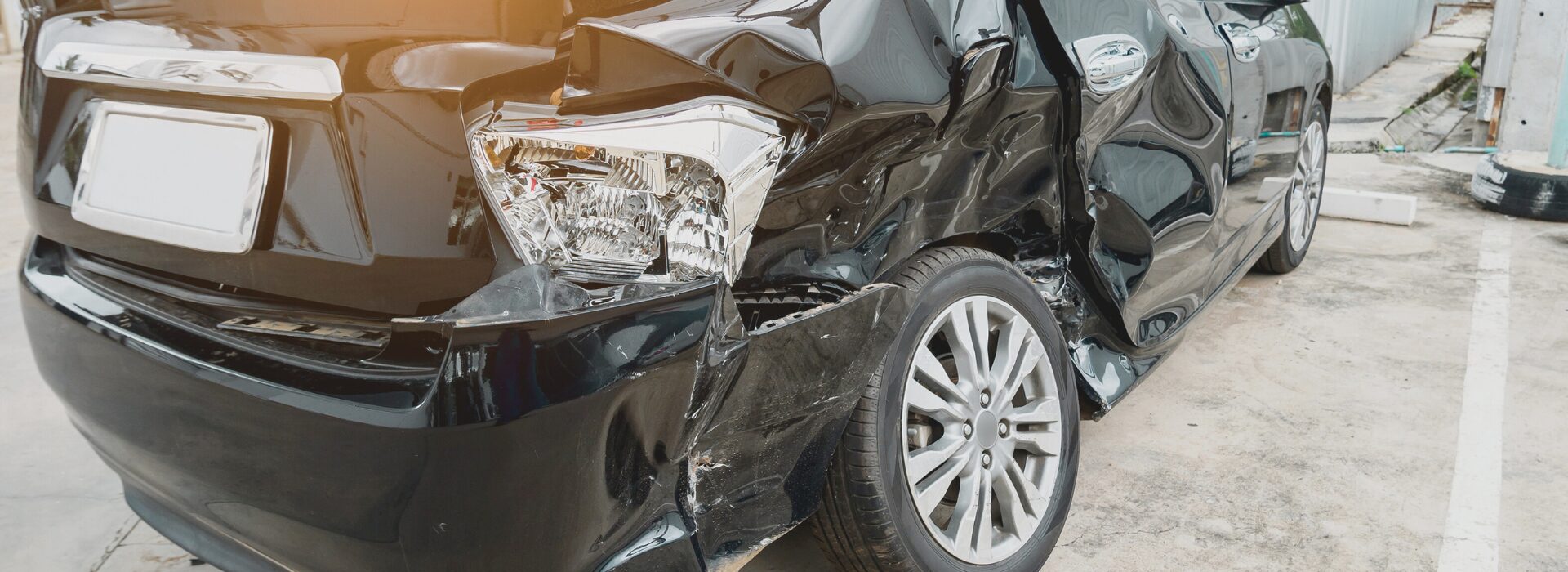Distracted driving is a serious problem on Alberta roads. It claims more lives and leaves more people seriously injured each year. Most of these collisions are preventable had the driver been paying attention to the road. Most drivers are aware that tickets can be issued for distracted driving, but not all drivers are aware of the activities that are prohibited while driving.
What is Distracted Driving?
Any instance where your full attention is not dedicated to your driving may be considered distracted driving. Alberta’s distracted driving laws prohibit a number of activities while driving, even while stopped at red lights. These prohibited activities while driving include:
- Using hand-held cell phones
- Texting or emailing
- Using electronic devices such as laptop computers and cameras
- Entering information on GPS units
- Reading or writing
- Personal grooming, such as putting on makeup or clipping nails
Even if your driving does not appear to be impacted, you can still be charged with distracted driving.
Distracted Driving and Pets
You can be charged with distracted driving if you are distracted by your pet. If you allow your pet to occupy the front seat or sit in your lap, you could be charged. If your pet obstructs your view or if you cannot access the vehicle controls, you could be charged. Pets should be secured properly in your vehicle to ensure safety and prevent distraction.
Distracted Driving: What is Allowed?
Drivers can use hands-free mobile devices that are voice-activated or activated by one touch. Drivers can eat a snack, drink a beverage, smoke or talk with passengers while driving. However, if you are engaging in any of these activities and are driving distracted, whether or not your driving performance is impacted, you can be charged.
Distracted Driving Penalties
Police can lay charges if you are doing activities while driving that affect your ability to drive. In Alberta, as of January 1, 2016, the fine for distracted driving is $300 and 3 demerit points. The driver may be charged with careless driving and receive a fine of $402 and 6 demerit points. There are some exceptions including calling 9-1-1 in an emergency or reporting an impaired driver.
Stop Distracted Driving – Minimize Distractions
Keep your eyes on the road. Minimize distractions by putting your phone away before you start your vehicle. Keep your hands on the wheel. Find a safe place to park if you need to check on your kids or pets or if you need to look at a map. Plan your route ahead of time. Talk with your teenagers, who may be new drivers, about minimizing distractions.
Newer versions of iOS and Android have numerous features that allow your phone to send automatic texts when you are driving, so your friends and co-workers know that you can’t talk at the moment. Additionally, the phone can automatically decline any calls when your smartphone detects that you are driving. Also, many modern cars have the ability to read your texts to you through systems like AndroidAuto and Apple CarPlay. You can view the car safety settings of your smartphone in your phone’s settings, be sure to enable them, this will make it even easier not to get distracted when you are behind the wheel.
Have You Been Injured By A Distracted Driver?
James H. Brown and Associates, Alberta Injury Lawyers have over 250 years of combined injury law experience. We have represented numerous clients who have been injured as a result of a distracted driver. This area of law can be complex in terms of proving that the driver was distracted, and ensuring that you get the maximum settlement that you deserve. If you’ve been injured as a result of a distracted driver, contact us today for a free injury claim evaluation.


















